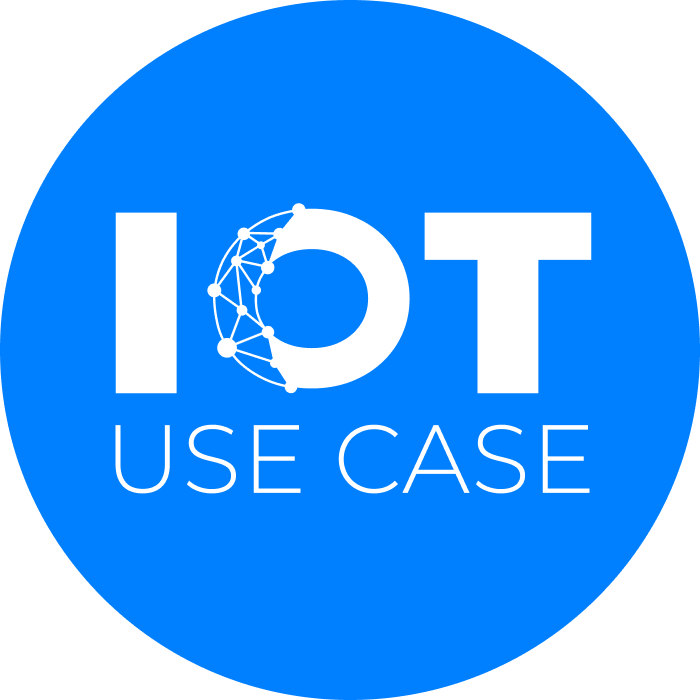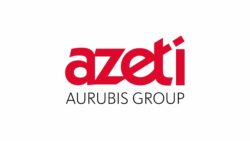Copper and other metals are processed in complex industrial plants where failures can have high consequential costs. The multimetall supplier Aurubis uses Industrial IoT to optimize maintenance, reduce maintenance costs and avoid downtime.
The challenge: Networked monitoring of a heterogeneous machine park
The Aurubis AG, headquartered in Hamburg, Germany, is a leading global supplier of non-ferrous metals and one of the world’s largest copper recyclers. The company’s customers purchase copper cathodes for further processing, copper products such as continuous cast wire rod and shapes, and other metals and metal production products. The basic product is copper cathodes – 50-80 kg copper squares. They are produced when pure copper is seperated from wrought copper in an electrolytic refining process. Copper cathodes, in turn, are processed into wire rod, shapes or flat rolled products.
The production facilities are highly complex – they include melting furnaces, electrolytic baths, rolling technology, wire drawing machines and the associated cooling systems. Many plants have been in operation for several decades. The machines used there come from different generations of equipment with specific interfaces and are partly controlled with different monitoring and control systems. As a result, determined machine data cannot be viewed centrally and often only the machine operators have insight into the current production processes.
In order to centralize monitoring, simplify maintenance, reduce maintenance costs and avoid unplanned downtime, Aurubis decided to network the entire production plant as a digital factory. For development, set-up and operation, Aurubis has engaged its digitization teams as well as the experienced IoT platform provider azeti. It has been pursuing the monitoring business model since 2006 and has been a subsidiary of Aurubis AG since 2020. Azeti enables industrial companies to realize the full potential of their data. For Aurubis’ production facilities, the goal was to have a flexible solution to monitor real-time data to know when maintenance is needed on certain components and to schedule maintenance accordingly.
The solution: Merge all plant data in a uniform user interface
The interdisciplinary project team from Aurubis and azeti used protocol adapters to connect all the systems required for the use case to the azeti IoT platform and developed a common data structure. This created a central access point to all relevant data. At the same time, specific dashboards were implemented to make the data for predictive maintenance quick and easy to use, and machine learning models for predictive maintenance were implemented. To do this, the developers had to select the really critical system parameters from a total of 1,500 process parameters throughout the entire production process. They now feed into a simple and understandable dashboard that shows the current status of all machines. As a basis for predictive maintenance, the system also tracks data over time so that the application improves continuously over time.
One challenge along the way was the different protocols for data transmission, some of which have been in use for years. OPC-UA is a newer standard for data communication in industry, and many companies already rely on it. However, it will still take a while for it to become widespread. The azeti IoT platform counteracts this: In addition to OPC-UA, it supports numerous other protocols such as Profinet, Ethernet/IP or Modbus. This means that almost the entire production environment can be directly connected. Some existing machines were additionally retrofitted with sensors in order to collect further relevant data points, e.g. sensor data that had not yet been collected in other systems or not to the necessary extent.
The determined data first goes to the azeti SiteController, which is part of the azeti IoT platform. It collects, aggregates and analyzes the data already at the edge and then sends it on to a cloud infrastructure provided for Aurubis. In an administration interface, users can define threshold values based on which alarms and actions are executed in a rule-based manner. It is possible to notify different users via email, Slack and other messenger services. The dashboards are easy to configure and customize to your own requirements. Thanks to Responsive Design, the platform is available on both mobile and desktop devices.
The result: High transparency of the production environment
The monitoring solution provides Aurubis AG with a high level of transparency regarding the production environment. The right people get information as early as possible which allows them to plan efficiently and reduce risks for disruptions. If unplanned downtimes occur in core processes such as melting, the response time can be optimized and the risk of failures reduced by evaluating the data. As a result, costs also decrease and productivity increases.
Image: Aurubis Olen








